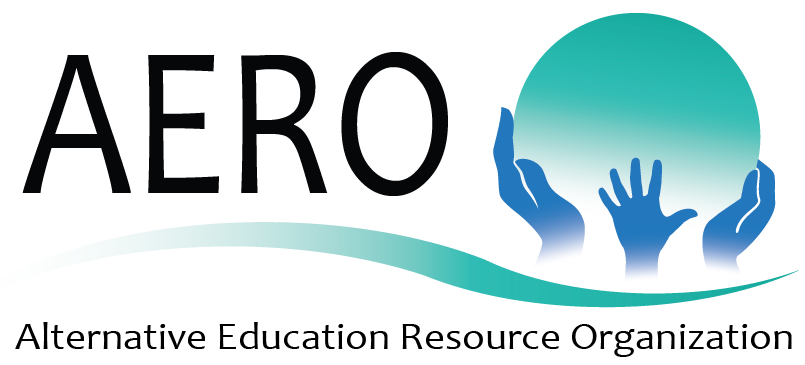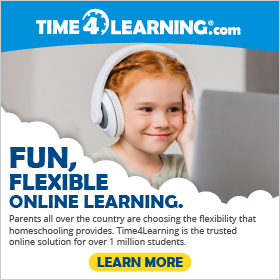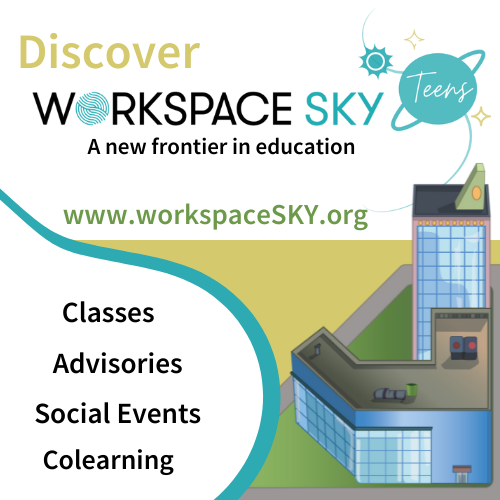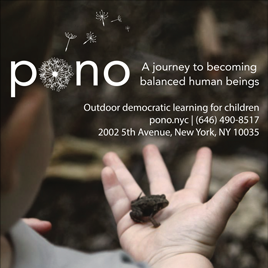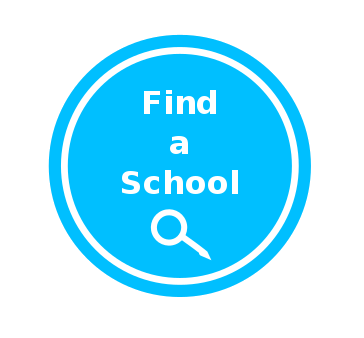by Howard Karlitz, M.Ed, Ed.D
I was an inner city school teacher for twenty-two years, and then left the classroom to begin a career as an educational administrator. For the next seventeen years I worked as a principal, a school director, a private school headmaster and various other titled positions, each requiring particular tasks associated with particular job descriptions. What was not particular, what was universal in terms of leadership style and philosophy was consistently reminding teachers that what they were doing was among the most important jobs in the world, that the point of teacher-student interaction is ground zero in the learning process. And that perspective does not simply mean a student's academic development, but social development as well. It denotes a positive and healthy self image as well as positive and healthy relationships with others. But sadly, it is in both domains, the academic and social, that learning is being crushed by current instructional methodologies.
In regard to academics, I envision a school that has turned the clock back. I envision a school where there are few, if any computers in classrooms. I envision a school where creative teachers interact with students on a face-to-face basis, where verbal give and take is the norm, where teachers are not distracted by a toxic concern regarding how well students perform on a standardized test that looms like the proverbial elephant in the room even though it is months away. This concept is alien to me, alien to my generation of educators.
The dysfunction associated with testing became crystal clear to me when I was asked to come out of retirement and be a substitute teacher in a public school class until a vacancy could be permanently filled. Like all faculty I attended the opening day teacher conference, listening to the school's curriculum director drone on about the importance of test scores. He then handed out a framework, a written plan for every grade that delineated a reading and math schedule which was to be followed lock step by each teacher for the remainder of the year. The purpose of this monster was to maximize scores. It was madness, but I said nothing. What I should have said was "You are discounting teacher inventiveness. You are not allowing for individual style that may include circuitous, yet effective ways of reaching goals based upon the 'art' a classroom teacher brings to instruction, and that 'art' is an independent and uniquely creative process." What I should have gone on to say is "That the use of standardized tests is not to showcase where a particular school ranks on a particular list of other schools, but to aid principals and teachers in identifying those classroom processes and programs that are working and replicate them across the grades, or pinpoint those which are not and then modifying or perhaps eliminating them — all accomplished in a non-threatening professional atmosphere, not something resembling a sports league with winners and losers." But I kept quiet. Needless to say, I did not last very long in that classroom, because this old dinosaur taught lessons whose content was consistent with the school's goals but whose style deviated from that which was prescribed for every other teacher on the grade. The school and I parted company (prior to the vacancy being filled), but not before I had several lunchtime conversations with young grade colleagues concerning my experiences as an educator in the freedom of a pre-test score mania world. In the end, I felt badly for them.
In terms of the second core principal of education, that of social development, we want our students to be caring and productive citizens. It is in a school setting were this goal has the greatest chance of being achieved, for where else can a child be given the opportunity to interact with so many others whose backgrounds are so varied, be they ethnic, gender, socio-economic, religious or racial. It is here, in this proverbial "melting pot," where communication skills can develop. Unfortunately, the very concept of human communication has been co-opted by a digital revolution. Marshall McLuhan's 50 year old words again ring valid… "The medium has become the message." Face to face interaction is foundering.
I can recall the first time I was confronted with the effect of this dynamic when, as a relatively young principal, I wandered into a high school honors class during a test they were taking. I noticed a student furtively checking his cell phone, and then looking over at another student checking hers. It soon became apparent they were texting answers to each other. I confiscated the phones and later in my office they admitted what they did. At the time, I barely new what "texting" meant, but the potential for cheating became apparent. I let them both slide — probably a mistake, but from that point on cell phones were no longer allowed on campus. But the digital dam had been broken, and today's schools are hard wired. The potential for cheating is only one potential problem. There is digital bullying, digital threats, character assassination, all of which can be accomplished anonymously by some coward hiding behind a firewall. Trolling the internet has replaced reading. Racing from site to site, link to link, alters attention spans. Relationships have been established with digital devices, a potentially crippling form of one-way communication. That higher order goal of learning to interact with others and engage in a compelling dialogue, healthy didactic is going the way of the dodo bird.
There'd be few if any I-phones, cell phones, I-pads or whatever in my Old Old School. There'd be books; you know, those things that can lie on a desk for years, virtually dead, until brought back to life by a student picking one up and taking the time to read it — opening his or her "theater of the mind." Perhaps he'd even gain an appreciation of the tactile experience connected with turning pages, with sweeping a finger over a passage that he or she has just found to be moving.
In my Old School School we'd teach handwriting, augmenting the creative writing process with the artistic element of placing words on paper, compelling the writer to actually plan ahead, do some forecasting, thinking about a beginning, a middle and an end to an assignment before beginning work. The actual writing could be preceded by brainstorming and outlining, then writing, self editing, peer and teacher reviewing, and eventually rewriting. Laborious? Yes. Encouraging higher order thinking skills? Yes. Generating the ability to reason? Sure. Running counter to keyboarding, spelling and grammar checking? Absolutely. But the outcome just might be a generation of writers whose creativity and master of the language arts becomes acutely manifest. Who knows?
And finally, to counteract the texting, the face-booking, the tweeting and instagramming, my Old School School would require courses in debate, in conflict resolution, in human relations, in gender sensitivity and awareness, ethnic studies, public speaking and rhetoric — all geared toward moving the student into that mode of eye-to-eye contact in order to resolve conflicts and solve problems with voices, with eyes, with gestures, eliminating the bullying and harassment by unseen thumbs tapping on unseen keypads.
Okay, let's face it, I AM a dinosaur, existing before the ice age. But dinosaurs can have ideas, even if they're out of the ordinary. More than 100 years ago the English writer William Bolitho warned of "making cages of laws for ourselves." Perhaps a new ice age is on the horizon, the snows of which could short circuit those digital grids that serve as the bars of the cage we created and locked us inside.
